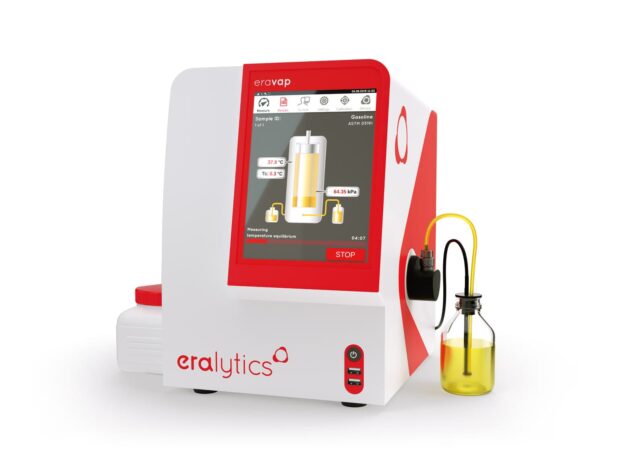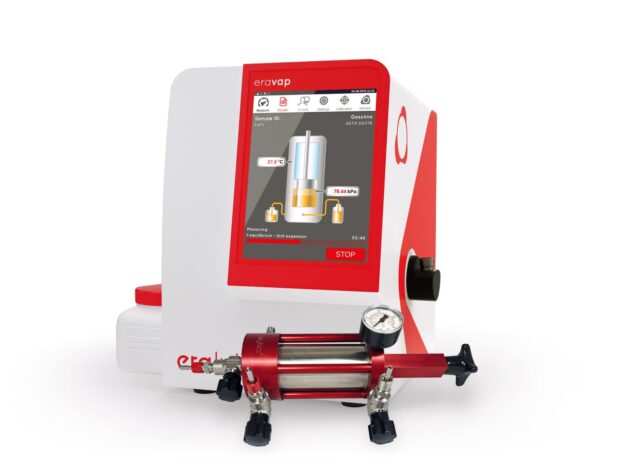Standard Test Method for Vapor Pressure-Temperature Relationship and Initial Decomposition Temperature of Liquids by Isoteniscope.
Get more information about the standard at ASTM D2879-23.
ASTM D2879 is a standard test method designed to determine the vapor pressure-temperature relationship and the initial decomposition temperature of liquids using an isoteniscope. Vapor pressure is a critical physical property of liquids, affecting their storage, handling, and safety. This standard is especially important for evaluating the volatility and thermal stability of liquids across various industries.
Details
The test uses an isoteniscope, a specialized apparatus that measures vapor pressure by determining the equilibrium pressure of a liquid at a specific temperature. The method applies to a wide range of liquids, including hydrocarbons, chemicals, and specialty fluids. Key parameters are the vapor pressure at different temperatures and the initial decomposition temperature, which indicates when a liquid begins to break down chemically.
Industries and Applications
ASTM D2879 is widely applied in various industries:
- Petroleum and petrochemical industry: Refineries use this method to evaluate the volatility and stability of fuels, lubricants, and other hydrocarbon-based products
- Chemical manufacturing: Manufacturers test chemicals and solvents to ensure their safe handling and compliance with storage regulations
- Environmental and regulatory agencies: Vapor pressure data is crucial for assessing a liquid’s contribution to air pollution and volatile organic compound (VOC) emissions
- Aerospace and automotive: Engineers rely on vapor pressure data to design fuel systems that prevent vapor lock or evaporation losses under operating conditions
- Pharmaceuticals: The method is used to assess the thermal stability and evaporation characteristics of solvents used in drug manufacturing

